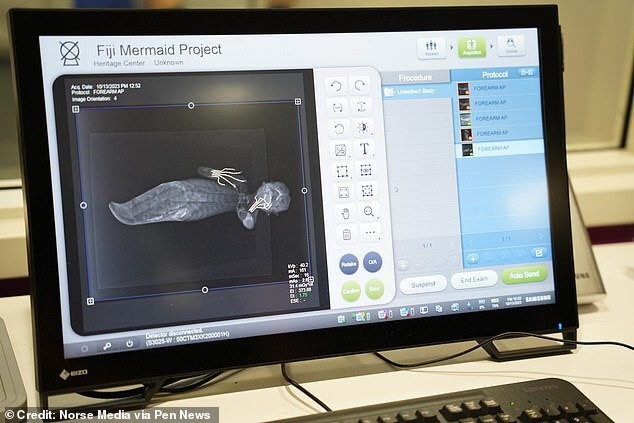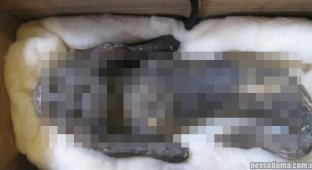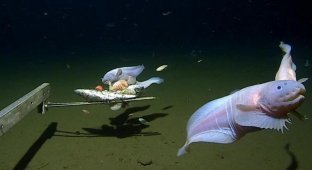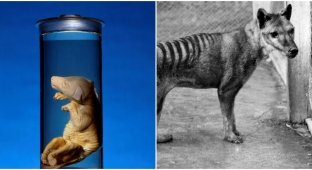Scientists have begun studying the Japanese mermaid (7 photos + 1 video)
In 1906, an American sailor brought a mummy of a mermaid from Japan and donated it to the Clark County Historical Society in Springfield, Ohio. A frightening face, huge claws, and a fish-like lower half of the body have been exciting museum visitors for several decades. 

Scientists finally began studying the exhibit. The mermaid was subjected to X-ray and CT scans for the first time in an attempt to decipher her true nature.
Joseph Kress, a radiologist at Northern Kentucky University, said: "The mummy looks like a hodgepodge of at least three different species. The head and torso of a monkey, the arms of what appears to be an amphibian - an alligator, crocodile or some kind of lizard. And then there's the tail." fish - species unknown. Obviously, it was made like Frankenstein." 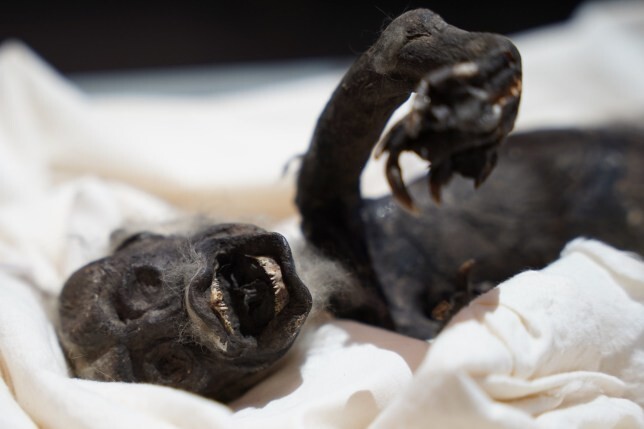
Natalie Fritz of the Clark County Historical Society believes the curiosity was a "Fijian mermaid," a hoax popularized by P.T. Barnum.
Barnum, whose story inspired the blockbuster film The Greatest Showman, displayed a similar example in his New York museum until it burned down in 1865. 
According to Japanese legends, the mermaid grants immortality to those who eat her flesh.
In one of the Asakuti temples, a Fijian mermaid was actually worshiped. It later turned out that it was made of fabric, paper and cotton, decorated with fish scales and animal hair. 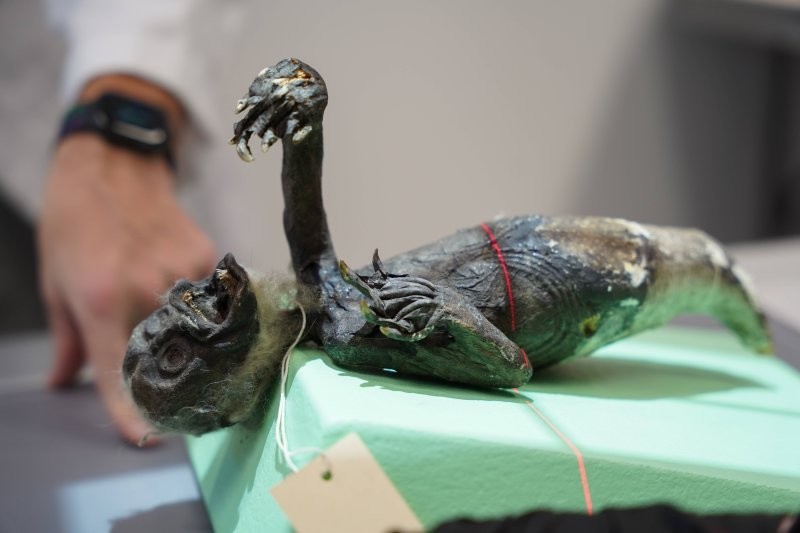
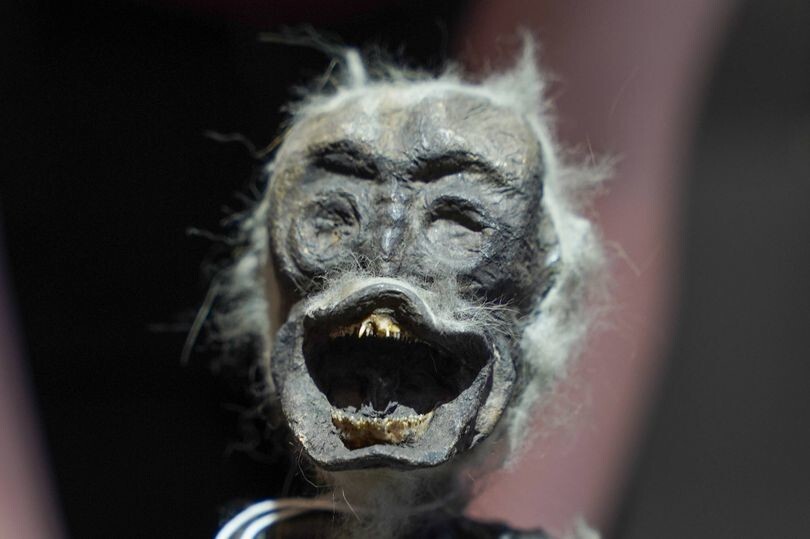
In the USA, such specimens were a curiosity. They were purchased by collectors and also displayed during shows in the late 1800s. A similar exhibit was seen in Memorial Hall, where the Historical Society was located from 1926 to 1986.
Fritz added that the mummy may date back to the 1870s, when its first owner served in the US Navy. 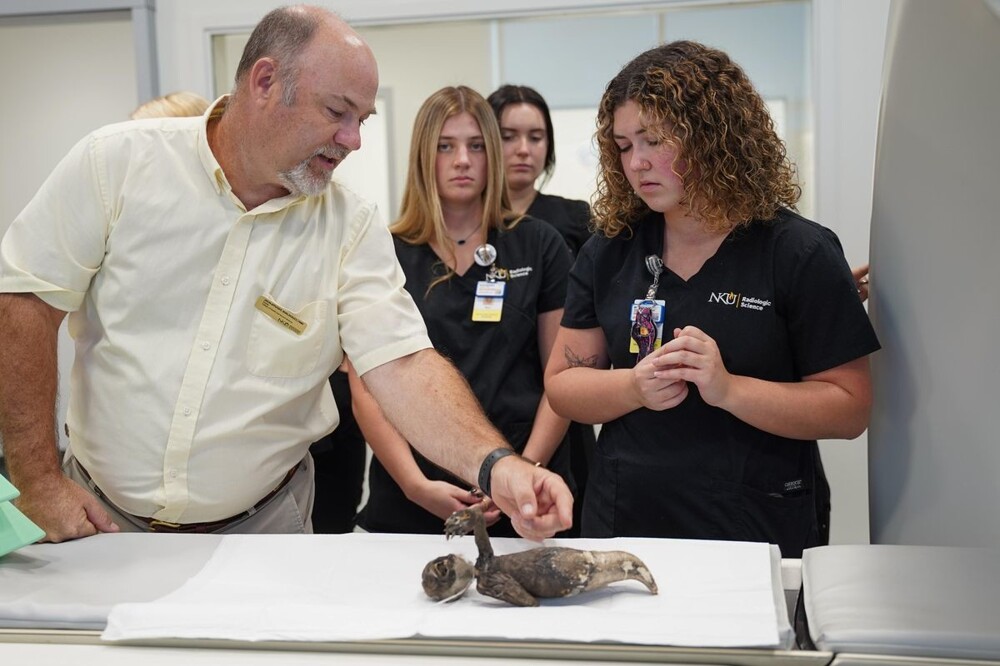
A CT scan will allow the artifact to be examined and determine whether any part of it was a real animal.
The findings will be sent to experts at the Cincinnati Zoo and Newport Aquarium, who will determine which creatures were combined to create the mermaid. 